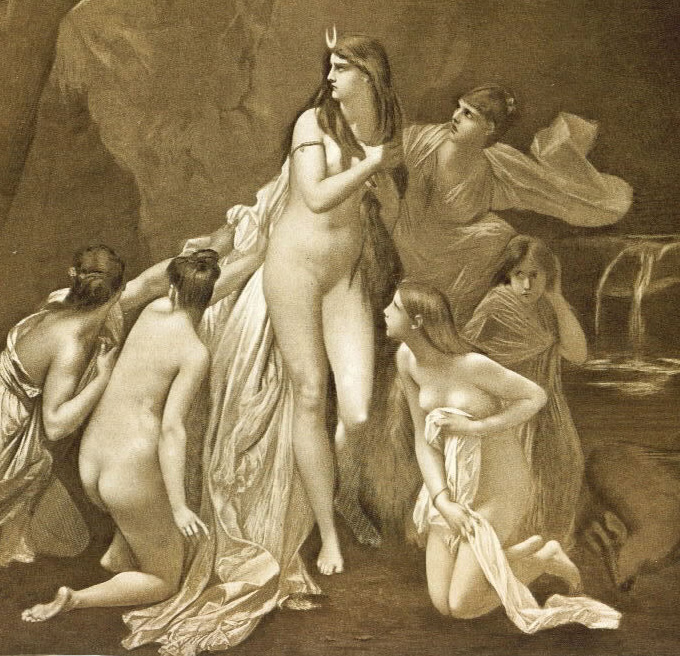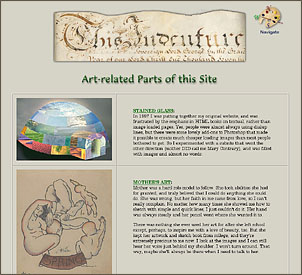father in subjects and methods of painting. "April" is typified
by Jacquesson de la Chevreuse as a lovely woman,
embowered in the blossoms of an apple tree. It was
the picture which represented him in the Salon of 1893, and materially added to his reputation.
France points with pride to Jules-Joseph Lefebvre
as one of the foremost of her great figure painters, in many points the rival of Boughuereau, and in depth of
sentiment and feeling undoubtedly his superior. Lefebvre was born in the Seineet-Marne, at Tournan, in 1836. At the age of sixteen
he arrived in Paris, bearing a letter of recommendation from Monsignor Salinis, Bishop
of Amiens, to Paulin Guerin, the professor of drawing at the Juilly school. Guerin introduced him to
Leon Cogniet, who received him into his studio, where he commence to study.
His only means of support was a pension granted him by the city of Amiens, of 1,000 francs per
annum for five years. He hoped, before this term expired, to win
the Prix de Rome, but was doomed to disappointmentThree times he competed for the prize and lost it.
At the end of 1859 his pension expired, but he managed to sell a few pictures and paint some portraits.
In 1860 he went up for the Roman prize once more, won it, and in 1861 set out for the Villa Medici,
the headquarters of the French art school in the Eternal City. He received a Fist Medal at the
Salon of 1865, others in 1868 and 1870, and the cross of the Legion of Honor in the later year.
For his exhibits at the Universal Exposition of 1878 he received
Back Forward
Chapter 4 Text
Jules-Joseph Lefebvre







![]() Copyright © 2007, Mary S. Van Deusen
Copyright © 2007, Mary S. Van Deusen